
A File Photo
MUMBAI (PTI): India's moon mission has proved to be quite economical and cost much less compared to what other countries have spent on their projects, mission director M Annadurai said here.
Indian Space Research Organisation (ISRO) would continue to check costs in the Chandrayan-II mission as well, he said.
India's moon mission cost only about one sixth to one tenth of the cost of similar missions undertaken by European Space Agency (SMART) or NASA's LRO or SELENE of Japan or ChangE of China.
Chandrayaan-I was also unique in carrying 11 scientific instruments and 60 detectors, Annadurai said at a seminar organised by National Council of Science Museums Saturday.
The total cost of Chandrayaan-I project including the ground facilities and launch vehicle was only USD 75 million (USD 30 million for the payload ) while cost of only payloads for missions like Japan's SELENE was USD 480 million, China's ChangE at USD 187 million or NASA's LRO at USD 491 million.
ISRO scientists adopted different technique in the construction of the payloads to reduce cost. Mechanical interface and electrical simulations were done in a particular way before going for actual construction of the flight model.
This enabled scientists and engineers not only to reduce cost but also to deliver the project in the stipulated timeframe of four and a half year, he said.
Such methodologies are attracting more international collaborations and ISRO is also interested in the global space programmes with more collaborative projects for the benefit of mankind, he said.
Responding to a query from a student on ISRO's capability to detect water below the earth's surface to overcome water shortage here,
Annadurai said ISRO has already demonstrated through its remote sensing capability to find water under the surface of earth in places like Rajasthan, Gujarat and North East India.
Answering a query as to why the scientists took almost eight months to go public on the announcement of water on the moon, Annadurai said there were several rounds of peer reviews that took place between the NASA and ISRO scientists and others.
Similar reviews and validation of the data collected from other instruments including India's Moon Impact Probe are going on and shortly more and more revelations can be expected, he said.
"We have collected voluminous data from the first moon mission and it would take at least three and a half years to complete the analysis", he said.
Asked about the failure of Chandrayaan-I, he said the spacecraft performed its duty well.
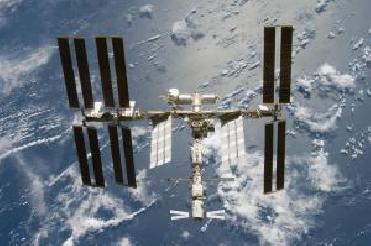 Previous Article
Previous Article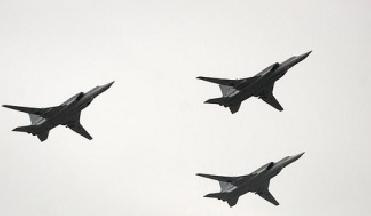 Next Article
Next Article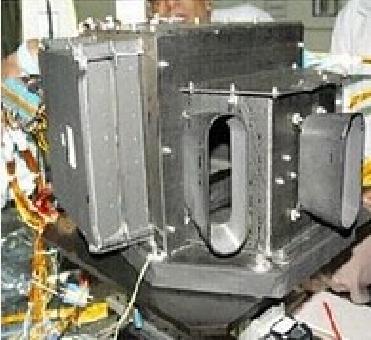

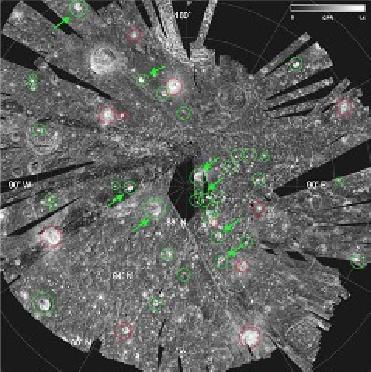
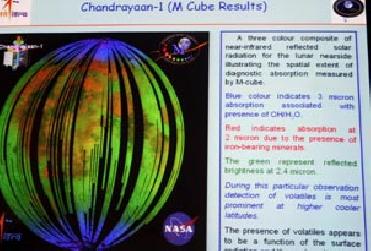










The Indian Air Force, in its flight trials evaluation report submitted before the Defence Ministry l..
view articleAn insight into the Medium Multi-Role Combat Aircraft competition...
view articleSky enthusiasts can now spot the International Space Station (ISS) commanded by Indian-American astr..
view article